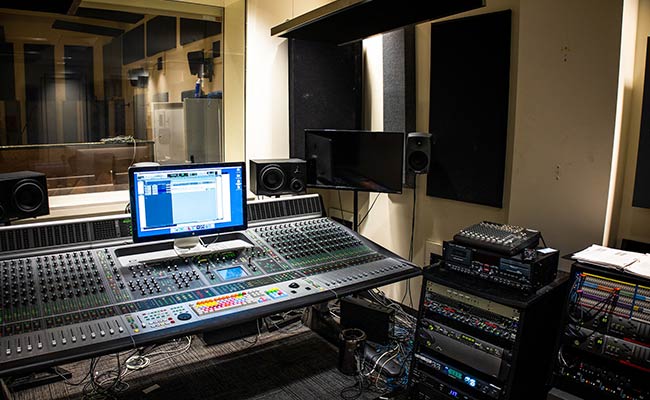In the world of music production, one of the most important concepts to understand is headroom. This term is often used in mixing and mastering to refer to the amount of space or “room” left in the audio signal before it hits the maximum possible level.
In this article, I will explore what headroom is, why it matters in music production, and how it can be used to achieve a polished, professional sound.

Understanding What Headroom Means
Headroom refers to the amount of space between the highest peak of the audio signal and the maximum level that can be outputted without causing distortion or clipping.
In digital audio, this maximum level is usually 0 dBFS (decibels full scale), which represents the loudest possible level that can be represented in a digital system without clipping. Clipping occurs when the audio signal exceeds this maximum level, causing distortion and potentially damaging the speakers or other equipment.
For clarification, negative values of dBFS represent the level of the signal relative to 0 dBFS. For example, a signal level of -6 dBFS (a good level to mix at) means that the peak level of the signal is 6 dB below the maximum level of 0 dBFS.
Why Headroom Matters in Mixing
When mixing a track, it’s important to leave enough headroom to allow for adjustments and processing without causing clipping or distortion.
If a mix is hitting the red on the stereo bus, it means that the level of the mix is exceeding the maximum level that the digital system can represent, resulting in clipping distortion. Clipping distortion occurs when the peaks of the audio signal are chopped off, resulting in a distorted and unpleasant sound.
It will also lead to poor sound quality and potential damage to the equipment.
To avoid this, it is important to ensure that the level of each track in the mix is balanced and does not exceed 0 dBFS at any point in the signal chain, including the stereo bus.
That being said, you should stay below 0 dBFS to make sure you are in the safety zone, so to speak. -3 to -6 dBFS is a good level to aim for on your final mix.
Whatever you do, don’t control the headroom on your mix with a limiter. Leave natural headroom for the mastering engineer to work with.
The same goes for compression on your mix bus. Light, complementary compression can be applied, if you know what you are doing, but heavy compression that squashes the overall dynamics will be bad for your mix, and the outcome of the master.
Why Headroom Matters in Mastering
If a mix has little headroom then there may not be adequate space left for the mastering engineer to work with additional processing such as compression, EQ, and limiting without causing clipping or distortion.
By leaving enough headroom during the mastering process, the engineer can ensure that the final mix will sound loud and punchy while still retaining clarity and dynamic range.
How to Optimize Headroom Using Gain Staging
To optimize headroom in music production, it’s important to start by setting the levels correctly during recording and mixing.
During recording, it’s essential to avoid clipping by ensuring that the levels are not too high and that the signal is not distorted. In mixing, it’s important to use gain staging to balance the levels of the individual tracks and ensure that the overall mix has adequate headroom
In practical terms, gain staging involves adjusting the levels of each track at different stages of the signal chain. For example, starting with adjusting the levels of the individual tracks in the DAW (Digital Audio Workstation) to ensure that they are not too quiet or too loud relative to the other tracks.
Then, adjusting the level of the sends and returns, and finally, setting the level of the mix bus.
The goal is to maintain an optimal level throughout the signal chain, ensuring that the audio signal is neither too quiet nor too loud at any stage, which could lead to distortion or other audio problems.
Proper gain staging can help to achieve a cleaner, clearer and more dynamic mix. It allows each element in the mix to be heard clearly without masking or overpowering other elements, resulting in a more balanced and professional-sounding mix.
In Summary
Let’s summarize what we have learned here.
- Headroom is the amount of space left in the audio signal before it reaches the maximum possible level.
- Clipping or distortion occurs when the signal exceeds the maximum level
- It’s important to leave enough headroom during recording and mixing to avoid clipping and distortion.
- Gain staging is a technique used to balance the levels of each track at different stages of the signal chain to maintain an optimal level throughout the process.
- By optimizing headroom, the mastering engineer can work with the mix to ensure a final product that sounds loud and punchy while still retaining clarity and dynamic range.
- Proper gain staging can help achieve a cleaner, clearer and more dynamic mix resulting in a more balanced and professional-sounding mix.
- Leave somewhere between -3 and -6 DBFS of headroom on your mix before submitting for a master.

